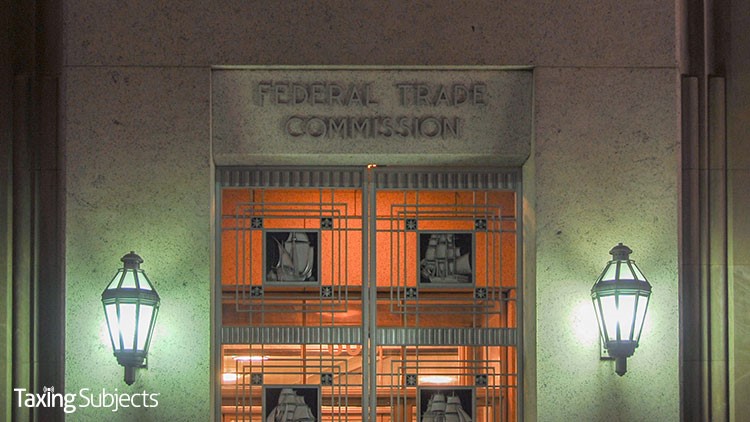
The CARES Act was the first of three major COVID-relief packages that have infused the US economy with stimulus funds provided for items like direct payments, new and expanded tax credits, forgivable business loan programs, and extended unemployment insurance. Identity thieves responded by deploying a host of scams that try to steal those federal dollars from hard-hit Americans, leading to a near-constant stream of alerts from the Internal Revenue Service and the Federal Trade Commission.
This week, an FTC warning focuses on a new phishing threat targeting unemployment benefits. As the ambulance chasers of the criminal underworld, identity thieves leap at every opportunity to steal information and money from victims of natural disasters and financial crashes. And they see the millions of dollars in unemployment insurance as the perfect opportunity to line their own pockets.
How are identity thieves targeting unemployment compensation?
The FTC says that identity thieves have built fake unemployment websites to trick visitors into providing sensitive personal and financial information. To ensure their victims actually land on these sites, the scammers send phishing emails and text messages containing a direct link.
“These messages look like they’re from a state workforce agency (SWA) and give people links to these fake sites,” the agency explains. “When people enter their sensitive personal information on the fake sites, the scammers can use the information for identity theft.” As with other identity theft scams, criminals use victims’ data to fraudulently apply for bank loans, credit cards, and tax refunds—or just sell it on a Dark Web auction.
How can you tell that an email isn’t actually from a state workforce agency?
The FTC says the first sign that an email or text message isn’t actually from a SWA is that it’s unsolicited and purports to be about the current status of your benefits or an “[invitation] to apply.” Those who do receive one of these messages need to take the following steps:
- Never click links in an unexpected text message or email claiming to be from an SWA.
- If you have applied for UI benefits and get a text or email about your application, contact your SWA directly using contact information from its official website.
- If you need to apply for UI benefits, use this link to find your state’s UI application page [https://www.careeronestop.org/localhelp/unemploymentbenefits/unemployment-benefits.aspx]. Follow the directions you find there.
- If you gave someone your sensitive information, visit IdentityTheft.gov/unemploymentinsurance to learn how to protect your credit from scammers or, if necessary, report that someone has misused your personal information to claim UI benefits. “An SWA will not contact you out of the blue,” the FTC explains. SWAs will not send a text message or email inviting you to apply for UI benefits.
Unfortunately, not everyone clearly identifies an unemployment phishing scam before it’s too late. That’s why it’s also important to know the signs that you are already a victim of an unemployment-related phishing scam.
How do I know if I’ve been the victim of unemployment-related identity theft?
An IRS alert from late February notes that receiving a Form 1099-G for unreceived unemployment compensation is one of the first signs of unemployment-related identity theft.
If any of your clients receive an incorrect 1099-G and suspect their information has been stolen, the agency says they shouldn’t file a Form 14039, Identity Theft Affidavit, unless their “e-filed return is rejected because a return using the same Social Security number already has been filed.” However, since unemployment compensation is managed by the states, affected taxpayers still need to take some action: “Contact the issuing state agency to request a revised form.”
This step is important because unemployment benefits are taxable, and taxpayers should only list the amount for which they are liable on their return. That said, the American Rescue Plan Act of 2021 retroactively excludes up to $10,200 in unemployment benefits paid to taxpayers with an adjusted gross income that is less than $150,000 (this limit applies for each spouse in the case of married couples filing jointly).
Important: Unemployment up to $10,200 should not be used to calculate AGI when determining eligibility for the $10,200 exclusion. The IRS Unemployment Compensation Exclusion worksheet was updated on March 23, 2021, to reflect this clarification, and those who already filed a tax-year 2020 return using the March 12 worksheet “should not file an amended return at this time.” The agency says it “will issue additional guidance as soon as possible.”
Sources: “Scammers reportedly using fake unemployment benefits websites as phishing lures,” FTC.gov; “COVID Tax Tip 2021-24,” IRS.gov
